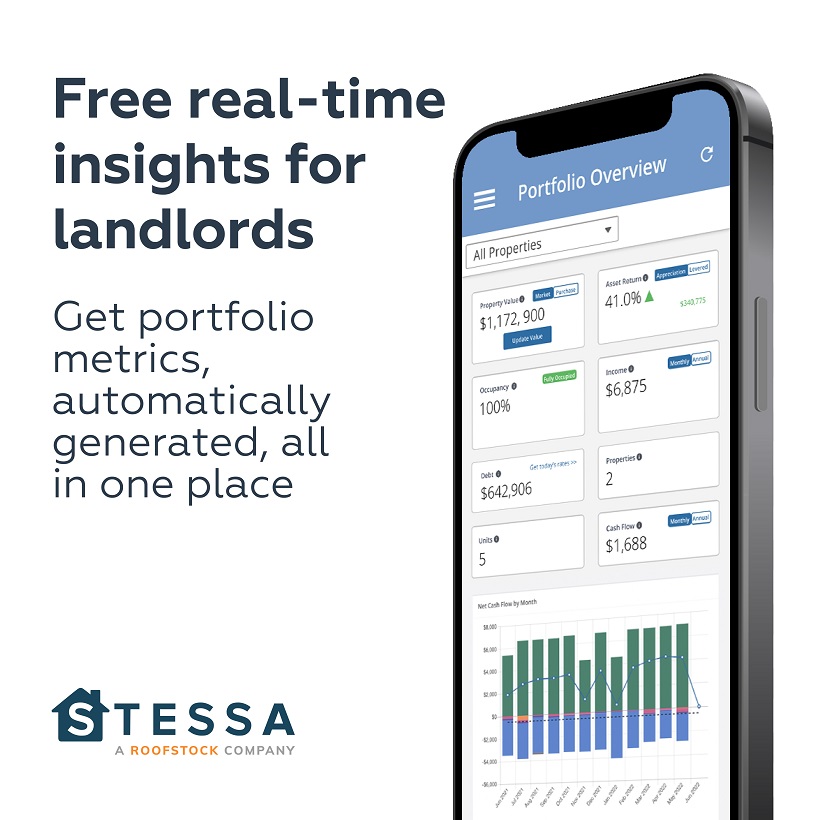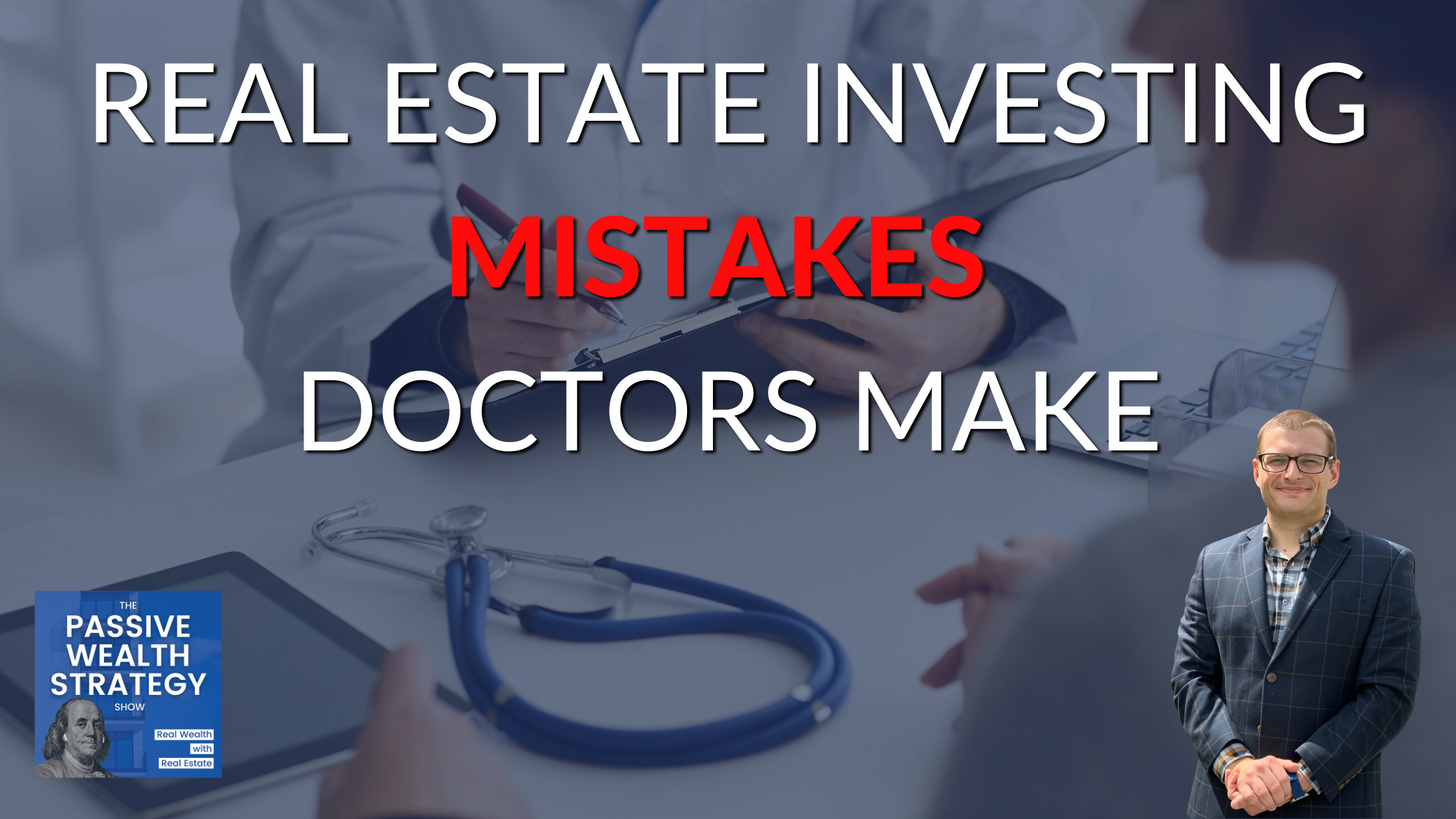
How To Build Relationships with General Contractors and More
Ira, thank you for joining us today.
Taylor. Thanks for having me. It’s great to be on the podcast.
Hey, we’ve been talking for half an hour already, and I know we’ve got so much more ahead of us for our listeners out there who don’t know about you and what you do. Can you tell us about yourself and your background in the construction industry?
Of course, I can. My name is IRA Singer. I’m in Northbrook, Illinois. I am currently at my office. We are general contractors. The name of the company is Mosaic Construction. We have a diverse portfolio of construction work that we do both design-build and construction only, mostly in the remodeling sector.
although we certainly have built new buildings as well. The work that I focus on is sales production, excellence, team training and culture, trade relationships, and marketing. So I’m one of three principals. We’re a team of 22 and we’re a national company.
Awesome. And when we were putting this interview together, you were.
You were a little confused as to why I would want to have you on the show and in my mind. And I think you’ll agree with this after we’ve spoken. In my mind, the construction aspect of any real estate investment, but particularly a multi-family real estate investment with a value-added component, is such a huge part of the overall investment.
And these days, with material volatility, getting those things right is at an all-time high price. more important than it ever has been. So that’s why I wanted to bring you on the show today and really get the general contracting side of real estate investing and learn about it. What did we do wrong?
What do we, as real estate investors, do wrong when we go to buy an apartment building? So let’s dive into it and learn where we screwed it up in the first part.
I should just ask you where you’re screwing up. I can certainly help avoid the screw-up, but everyone has their own story.
Learning from mistakes is, frankly, one of the best ways to learn, even though it comes with a price tag. The contracting world is a relationship-based world. Once you find a good one, both the general who has the trade partners to execute the work as well as the team to effectuate the work.
So we are really interested in speaking with owners early in the process, bringing a contractor on board for even a letter of intent to pay them for their expertise, to see things. That means owner-operator people are there. They’re looking at the offering memorandum. They’re looking at the rent roll.
They’re looking at the cap rate. They’re looking at the vacancy and the real estate from our location’s point of view. What they may not look deeply enough into is the exterior condition. Is the fire and life safety code up to date? Are there ADA compliance issues? R is the building itself, whether it’s masonry or apartment buildings like a community, and, are the walls weather tight?
The windows are efficient. Does the roof look compromised? Is the water management of the grounds from guttering is, there are things that a contractor sees and, because it’s multifamily, usually it’s not one building? So there are six buildings in the community. There are 25 apartments in each building and six buildings’ worth of roofs or six buildings’ worth of windows.
Or units or common areas or life safety, upgrades, or security, such as the front door buzzer system, the numbers can suddenly become inflated based on the multiple. So having someone as a trusted construction partner who also understands design builds so they can help with the current footprint and what the investment strategy is, what’s your play?
Is it a value to add C to B? Is it proving the concept of the increased rent bump and selling the assets? All of these factors will be critical to the asset’s success, as will the contractor’s high-level conversations with those who understand multifamily investments.
is critically important.
Great. So there’re really two questions that stick out in my mind following that is, where do you find that person? Obviously, we’ve got Ira sitting right in front of us here, right? talking to us today. And then two is when do we get that person, that contractor, involved with a particular investment property. What’s the best time to do that?
So what are your thoughts on those?
My thoughts are that you have a diverse audience of both novice and experienced investors. So people who have bought and held or bought and sold multifamily real estate have learned, from their prior contract hires, what they wouldn’t do again. They’ve learned that if they decided they were going to do unit improvements, but they still couldn’t get the rent bump because the amenities weren’t great, or the exterior looked shoddy or old, there are lots of things that,
Again, my eyes or a professional contractor can do to benefit from the upfront decisions that you know you’re putting a pile of money together to deploy into the asset. Is that enough money? Is that money being spent on the most critical items? If you’re going to have it for a long time, should we look at more systemic issues in the building to make sure that you’re watertight, that you’re not going to get outrageous utility costs, that there are no structural issues or code compliance issues?
Find that person. Relationships are key. We get most of our business from people hearing about us or being referred to us by past clients. We’re not a yellow page general contractor where you’re hiring us out of the blue. I think that when you’re talking about hundreds of thousands or millions of dollars being invested into multifamily asset improvements, you have to find someone who has expertise in that sector.
A contractor who’s committed to communication and has pricing that’s in line with your budget can help define what is a phased construction project or an all-in construction project. Making those choices on your own, you have a pile of money. This could prove that the wrong spending is the wrong investment.
Okay, So dig that well before you’re thirsty and build that relationship before you’re ready to go. And, before you have a property under contract, but when in the timeline of an individual investment, would you like to basically go see a property that’s already under contract, or, especially now when things are tight, would you like to go see a property that’s already under contract?
Especially in the residential space, it’s gone immediately, but in larger multi-family, they don’t sit for very long. So in an optimal scenario, is this something you’re coming in after there’s already been an LOI, or, yeah. Usually
for the relationship-based clients that we have that are, let’s say, buying a 30-unit to a 200-unit asset.
They may call me to say I’m going on Monday with an investor who wants to show me a property before he makes an offer. He found me via the internet. We had two conversations. I have not done any work for him. But he’s smart enough to know that he’s coming into the Chicago market. He’s not from this state or this country.
And he is targeting the area of Chicago. And before he says yes to his contract, he wants to bring a contractor out that he can soundcheck or bounce ideas off. I can’t necessarily tell them it’s the right investment. I’m not reading the offering memorandum to the level that he is with the proforma and what the financial models look like.
But I can look at the building and say, “Were you planning on doing that?” Or were you planning on doing this and looking at that piece? And what about that? And on the back of the napkin, here’s where you’re landing. Is that what you’re prepared to spend? And I just think that the sooner a contractor can come in who has a broad knowledge of asset classes, from senior students to market-rate housing, affordable housing, and workforce housing.
They know the market, they know what improvements are too many. They understand what the building requires, from triaging the building to identifying potential exposures or risks, and they should be higher on the levels, and higher up on the list of what needs to be done upon asset ownership.
We can help with a lot of that.
Great. great. And we talked about the following, maybe a little bit of a hard shift, but we talked about this before we started recording, which is I feel I’d be remiss if I didn’t ask about the supply chain shortages and labor shortages that are going on right now.
There’ve been many disruptions in prices and a lot of price volatility on different things. And some things just straight up are not available, and I’d love to hear how that has impacted your business, because you might have a, say, a contract with a subcontractor. If toilets are just straight up not available, it’s going to be like, what are you going to do?
The guy can’t find toilets. How are you going to? How are you going to hold them to that contract? How have you been handling those supply chain shortages? That huge volatility in materials and all of that,
We have found our way through it. It’s been since March, and April of 2020.
So you know, it’s coming up in a couple of years where there will be a new normal. Good contractors will have very busy wait times for materials and for just getting a project started. Municipalities are also seeing a huge surge in permit applications. Finding people who work in the village offices, in the building departments, they’re short-staffed just like every other business is being challenged with a short staff.
So it’s really a systemic issue. There’s no question about that. Material shortages and material price increases have impacted the construction industry, particularly in the luxury market. Commercial market products are hard to source. And so it goes again, the general contractor and his trade partner relations for us.
It’s designed for builders. Which one is if that toilet isn’t available from our supplier? Pivoting, saying yes. And to be flexible because it was bid four months ago, the contract finally came, pricing is up and the product that you expected isn’t available right now. So, as good construction partners, how do we bring these items to the table transparently, saying, “Here are the challenges, here’s what we’ve vetted or sourced for some opportunities?”
It may cost more, but you’re going to get it sooner, so you can move in or get your lease signed. There’s no question that it is a challenge to be resourceful and have a fast market mentality. How do we get the project in the queue started, launched, built, and closed on punch lists for a final inspection?
Very challenging times, indeed. And you are correct. It’s not likely to change. Prices rarely come down after they have gone up.
So I want to keep digging into that. And then I was actually on a call with somebody last night, so shout out to Cody. Let me know if you listened to this episode, but he pointed out, I think very accurately, that
investors, especially pre-pandemic. We’re a couple of years in now, right? So this is probably washed out, but investors budgeted a certain amount for lumber or other materials. And now we find ourselves in a world where not only is lumber extremely volatile, but it could cost far more than people had anticipated.
And that goes for other materials, too. Yes. How often, or if at all, have you seen those materials, price increases, or availabilities completely wipe out a project here or wipe out the profitability of a project for a client? Like, how much is that really happening? Because you expect that to be a possibility, right?
So, having a reserve in your spending budget for construction is critically important. If we are when we do projects, the costs that we are paying for the labor and the materials that we are providing to the project through mosaic or through our trade partners are honest warrant statements showing what the costs are.
And they’re seeing what things cost if we’re bidding them and we sign a stipulated sum contract. Mosaic signs contracts with all of our trade partners and supplier partners. They’re being held to that number of doors that we ordered. Expecting them to be here in four months is now five months or six months.
And, to your example earlier, toilets are absolutely the pivot in being able to be fluid and adaptable with good communication to the client that we just found out that it’s another X weeks or the price went up by X. This is what you have in the budget because this is what we’re contracted under.
Do you want to move? Do you want to shift here? Something we have found again? It’s good. Communication is the hallmark of successful project management and being transparent on fees for what the trades and materials cost. It’s hard to have a magic wand in your hands in today’s market, where we’ll everything through wishing to be priced.
Hey, it didn’t work. It doesn’t work. I look at the number and you’re telling me my investment return doesn’t work well. This is what it is. And so let’s talk about what you want to do about it.
So, have you seen that happening? And I guess this is to underline or underscore that communication aspect. Are you working with your clients to say, “Hey, you need more of a reserve for your material pricing, volatility, potential, or, yeah?”
Yes, our sworn statements have an owner’s contingency or a miscellaneous spend category that if it doesn’t get spent, it’s outlined cost. And if it doesn’t get spent, it goes back to the owner. There are hidden conditions and change orders on most construction projects, even when we’re designing them with our design partners. Because we manage the architecture process for design-build, with an architect, all my trades, and my experience going out to an asset, you still can’t see through the walls.
You still don’t know that there aren’t going to be challenges with rot or things in the way when you’re planning on moving stuff inside walls, et cetera. We believe in having money set aside with the hope of not spending it and the reality that a change in order, product shortage, or scope is one way to skin the cat.
So in the timeframe of the pandemic, have you seen any shifts in terms of the types of projects that your clients are looking at? Has there been a change in taste for multifamily as compared to retail or something like that? And I would imagine you would look at that in terms of saying the number of bid requests you’re receiving or, Hey, could you come to look at this type of request?
Are you receiving it? Has there been a shift there?
I will say that the multifamily industry is the champion asset class of real estate to own and operate. If you know what you’re doing, similar to what was in 2000, 8, 9, 10, when you own multifamily, when homes were foreclosing, people had to live somewhere.
Yeah, the apartment industry is essential. I think that’s what carried us through when every other industry was collapsing. Similarly, over the last two years, people have been working from home. Then, we deemed it an essential business. We worked all the way through the pandemic. People who had started projects wanted them to continue with people who had assets they were planning to spend so they could realize their investment opportunity.
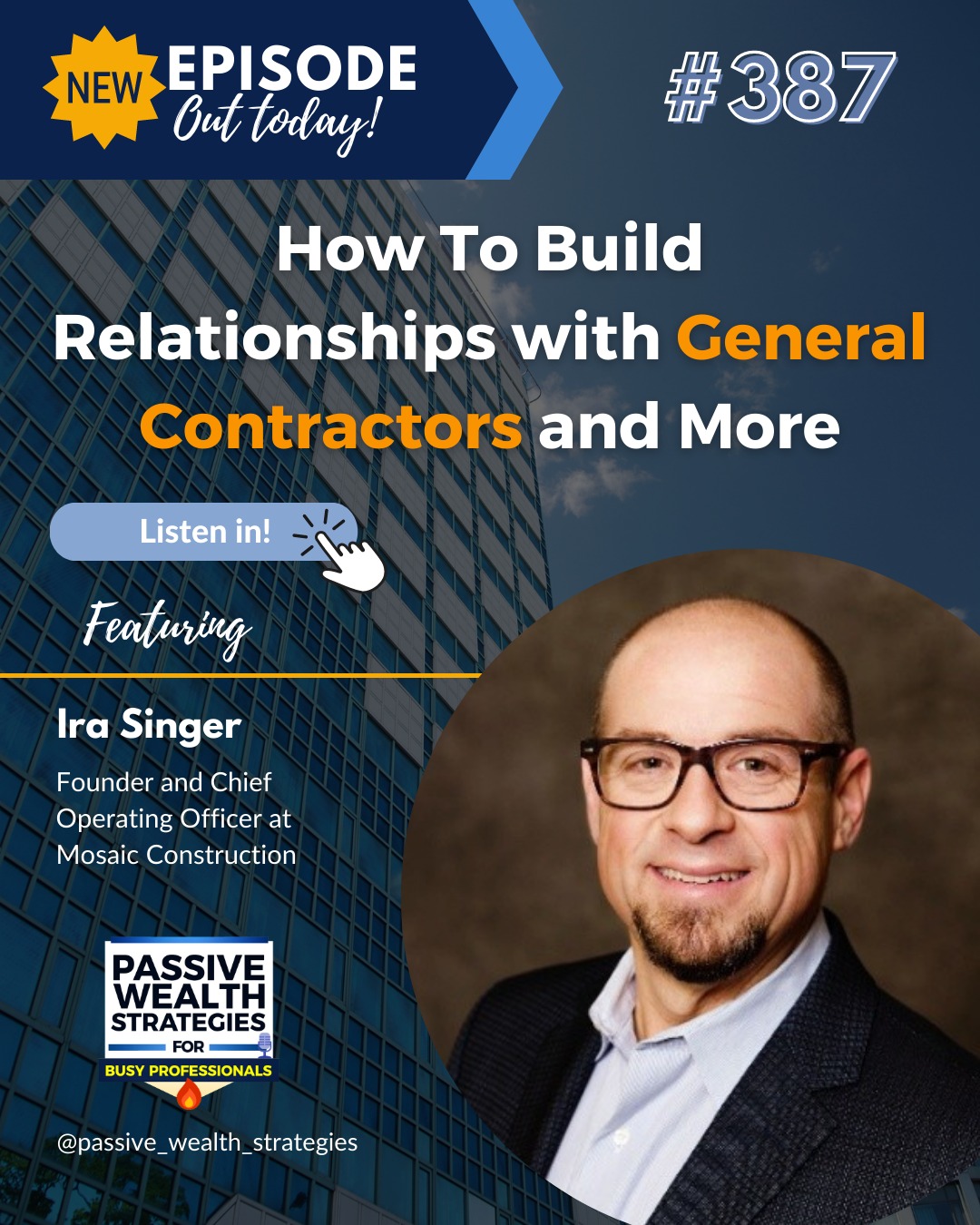
How To Build Relationships with General Contractors and More with Ira Singer
We were able to continue with them, and working from home became a whole new way of life. For anyone who heard the term “social distancing,” the central business was done from home. These are things that have come over the last two years of working from home. If you’re living in an apartment, then a great investment for any owner-operator is world-class WiFi.
You have to be able to support the bandwidth in your apartment building because 50% of them are possibly working from home. It would be great if you could use your budget to make those units based on class and tenancy. The need for an apartment is huge. If there’s a carve-out space within the building to make some small modular offices for someone to leave their apartment, but still be home and working, the need for an apartment is huge.
This is absolutely massive.
So I’d imagine it in that vein. You would see a lot of changes that way. People looking for fast WiFi are a great example. What are they looking for—do you have people upgrading from a one-bed to a two-bed just to get their own office, but that’s a costly upgrade?
So maybe that person wants to go and buy their own house, but that would probably depend on your market. But a lot of
those things like outside, I, everyone because they were told to stay home because they were working from home doing outdoor improvements in both multifamily and single-family homes.
Because we operate three brands in our business. One of them is a single-family design-build. type of construction, local to the Chicago market, and outdoor amenities. So people had a nice place to go outside because they were working from home inside, having a learning space in their home for their kids who were educated from home during the height of the pandemic.
There are all of these things that have come into play, and the apartment builders and apartment owners have adapted. We’ve seen projects for the outdoors. We’ve seen projects for pet-focused amenities because people have pets. The pet industry never saw business. As it’s seen in the last two years, more people own pets because they’re staying home and it’s hard to get a dog.
You talk about a plumbing fixture. It’s hard to get a dog. Honestly, being at home has changed. The way people operate We’ve got people who literally worked from home full-time and worked at mosaic construction. That was never the case two years ago.
As somebody who is a passionate work-from-home person,
I love working from home. I always hated offices. That is a shift I’m happy to see, but I’m sad. It had to come on due to such a cost.
There’s no question, Taylor, that we are seeing improvements across office space, multifamily space, and residential workpeople’s means. The market is very active in the construction world, new construction, and remodeling.
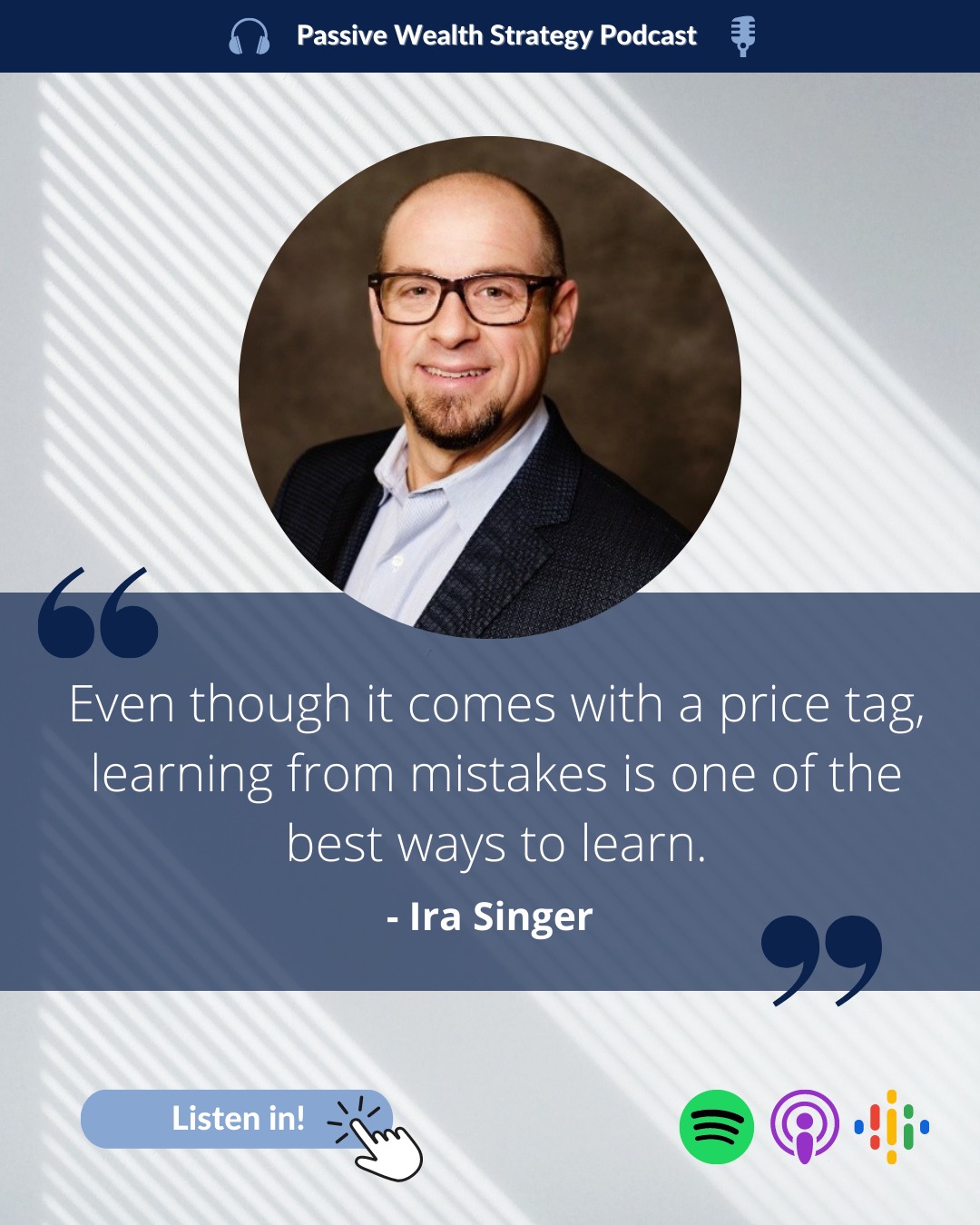
Even though it comes with a price tag, learning from mistakes is one of the best ways to learn.
Ira Singer Tweet
Awesome. That is great to hear, and I’d love to see that keep going. Many markets are shy of housing, and we have had a loss of new development for almost a decade. And I’m glad to see that new things are getting built, and hopefully, that will relieve some of our housing shortage.
Right now, we’re going to take a quick break for our sponsor. All right, Ira. I’ve got three questions. I ask every guest on the show. Are you ready?
I do. I am.
great. first one What is the best investment you have ever made other than in your education?
Again, not a real estate investment. Speaking from the lens of being a business owner for 30 years, the best investment that I’ve made is in the people that we’ve hired for our team.
A close second would be the software that we invest in that helps us with our project management and our finances. And process construction is very much a process-oriented success story. So, good processes and good training lead to good performance.
Nice, nice. We had the best investment. Now we go to the other side of that coin, the worst investment.
What is the worst investment you ever made?
It’s not necessarily people as well, because we’ve certainly had challenges, but some of the team that we have hired over the years. I would say that training is an investment that we have not invested enough in, and we have just been focused on our projects. The leadership of the company needs to be more invested in training to raise the talent level of our team.
And so I would say that’s an area that needs improvements within the company to revolutionize our team.
Nice, nice. Keep investing in those people and make it happen. My favorite question here at the end of the show is what is the most important lesson you’ve learned in business and in life.
I don’t want it to be a three-answer thing. Because it’s not necessarily that there are several things that have contributed to our success. I would say thinking outside the box and having a growth mindset have been critical. We’ve expanded the types of assets that we work on for our brands because of that.
Yes. And, in terms of philosophy, someone approaching us with a project opportunity may not be able to draw on our experience in that sector as deeply as they want. And we say yes, because of our reputation and because we’re all of a sudden in that sector. I also think there’s a very important thing about the culture within a company and having some type of cultural flagpole around the common language as a team so we understand what our processes are and what’s important to us.
And what do we stand for?
Nice. Nice. Thank you for joining us today. And shedding light on a part of the real estate investing business that I think a lot of us don’t focus on enough, the construction side and contracting side. If folks want to reach out, if they want to get in touch, if they want to learn more about your company or what you do, where can they track you down?
Thank you. Again, Taylor, for a nice discussion and for the opportunity. They can reach me directly via email as well as by calling our office. I would say that an email and a phone call are free. And if you really have a question about something related to which you’re about to consider a purchase or you have a problem that you’re trying to solve that you’re already in the process of, the phone call is an easy one for me to answer.
If you told me that you heard me on the Taylor podcast, then I’ll be happy to.
Awesome. Thank you once again for joining us today, everybody is out there. Thank you for tuning in. If you’re enjoying the show, please leave us a rating and review on the Apple Podcast. Five stars. If you don’t mind you guys, I appreciate that so much.
I mean it, every time that I say it because that helps us rank higher in the Apple podcast ecosystem, which helps other people learn about the show. And I’m always honest with you guys, that gives me a nice little warm and fuzzy feeling because I get to. Now you’re engaging with the content and you’re escaping the Wall Street casino along with us.
If you know anyone who could use a little bit more passive wealth in their lives, please share the show with them and invite them to the tribe. Thank you for tuning in once again. I hope you have a wonderful rest of your day, and we’ll talk again soon. Bye-bye.
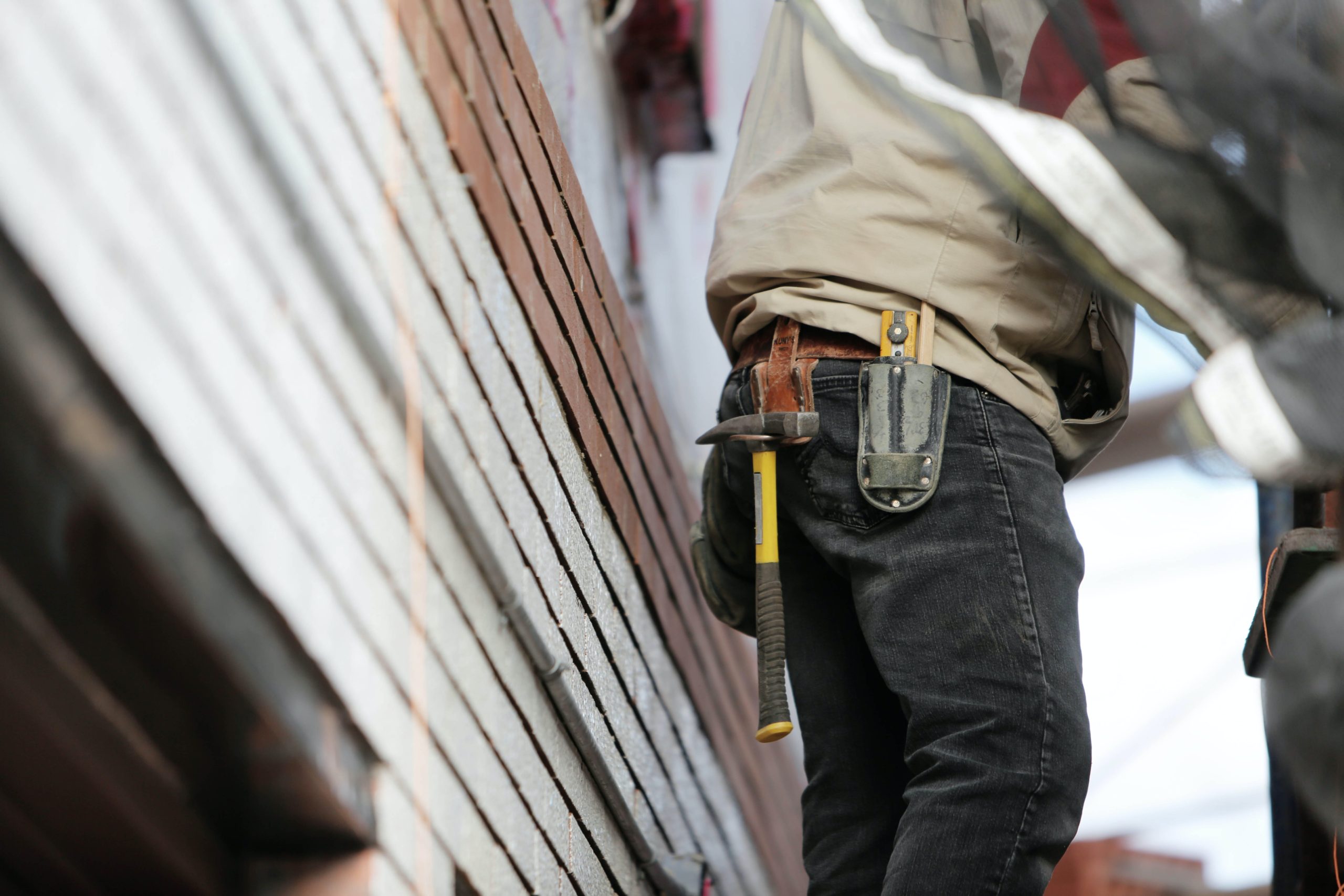
How To Build Relationships with General Contractors and More
About our Guest

Ira Singer
Ira leads new business development, estimating, construction production, project management, and the management of trade partner and vendor relationships for Mosaic Construction. As a relationship builder with over 20 years of experience in construction, Ira develops new opportunities through his various roles in the company and community. Ira has been a Founder at Mosaic Construction since 2005. Ira has been in the exterior residential industry since 1989 and for over 12 years, he owned Premier Window and Construction.
Ira earned his Bachelor of Arts in Speech Communication & Rhetoric from the University of Illinois.
Ira is dedicated to service and community development. His community leadership, industry designations, and professional affiliations include:
Episode Show Notes
Podcast Show Notes





